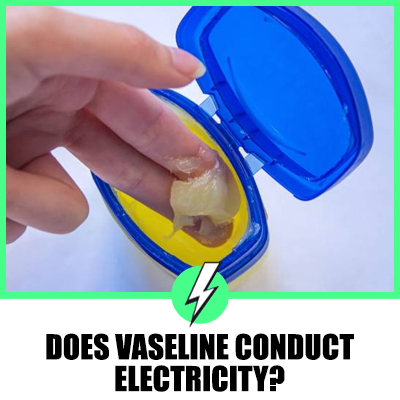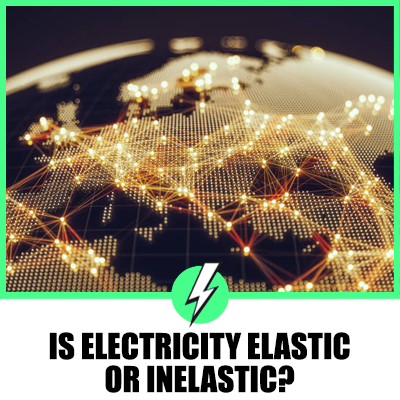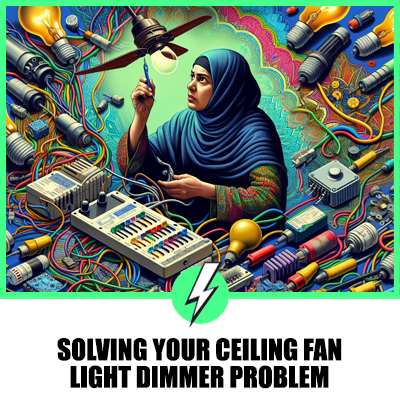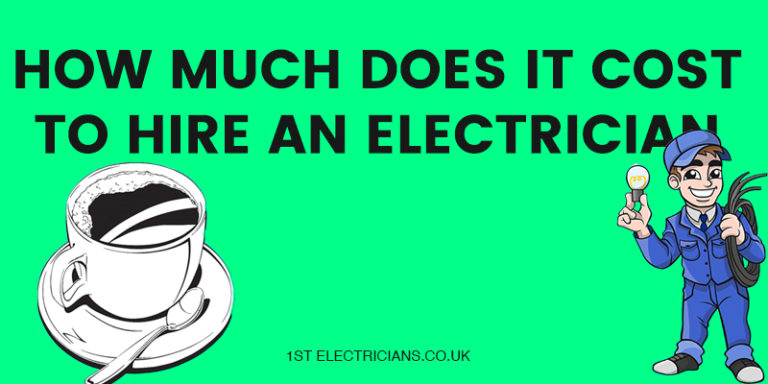What Happens to Electricity After It Is Used? A Comparative Analysis of the UK and US
Electricity, the lifeblood of our modern world, powers everything from the smallest light bulb to the largest factories.
But have you ever wondered what happens to electricity after it’s used?
Does it disappear?
Does it go back to the outlet?
Or does it just float around in the ether, waiting for the next appliance to be switched on?
These questions might seem simple, but the answers are more complex than you might think.
This article aims to shed light on these questions, with a particular focus on the contexts of the United Kingdom and the United States.
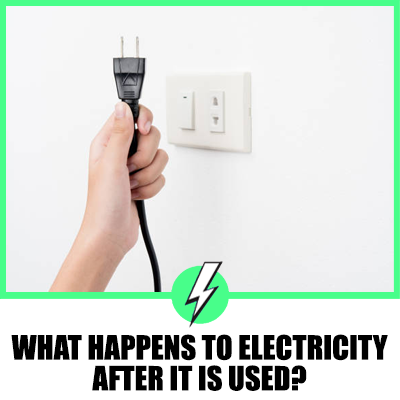
Contents
Does Electricity Disappear When Used?
In a nutshell, no.
Electricity doesn’t disappear; it changes form.
When you turn on a light bulb, the electrical energy is converted into light and heat energy.
This is the principle of energy conservation, which states that energy cannot be created or destroyed, only transformed from one form to another.
In both the UK and the US, this principle is fundamental to the operation of our electrical systems.
Whether you’re turning on a light in London or powering up a computer in New York, the electricity you’re using is being transformed into another form of energy.
Does Electricity Go Back to the Outlet?
Electricity doesn’t exactly go back to the outlet.
Instead, it completes a circuit.
When an electrical device is switched on, it creates a path for the electricity to flow from the power source, through the device, and back to the source.
This is why it’s called a circuit – the electricity circulates through the system.
This is true whether you’re in the UK or the US.
Both countries use alternating current (AC) for their electrical systems, which means that the electricity is constantly flowing back and forth between the power source and the device.
Where Does Electricity Go When Nothing Is Plugged In?
When nothing is plugged into an outlet, the electricity doesn’t go anywhere.
It’s a bit like water pressure in a closed valve.
The electricity exerts a pushing force on the outlet, called volts, but there’s no flow (amps) moving through the outlet.
The electrons don’t move, much like water doesn’t flow when the taps are closed.
However, not all electrical devices are dormant just because they’re not performing their primary function.
A microwave with a clock, for instance, uses as much power as a clock when it’s plugged in.
Similarly, a phone charger with a transformer uses a minute amount of electricity, even when not charging a phone.
The Journey of Electricity
When you switch on a light in your house, somewhere in the country, a generator puts more fuel in, or a hydro plant takes more water.
When you turn it off, the opposite happens.
The electricity is generated and transmitted as alternating current (AC), meaning that it comes to your house as a wave that is constantly cycling from positive to negative and back again.
If demand exceeds supply, the generators slow down, just like your car going up a hill, and frequency falls and vice versa.
If everyone switched off at the same time, then the system frequency would rise very rapidly.
Plants in automatic frequency control would quickly reduce their output, but if this wasn’t enough then eventually the frequency would go so high that ‘over-frequency’ protection on generators and other parts of the system would operate and disconnect generators completely.
The Role of Electricity in Our Lives
In both the UK and the US, electricity plays a crucial role in our daily lives.
It powers our homes, our workplaces, and our public spaces.
It enables us to communicate, to work, to learn, and to entertain ourselves.
Without it, our modern world would grind to a halt.
But as we’ve seen, electricity is not a simple thing.
It’s a complex system of generation, transmission, and consumption, all governed by the laws of physics.
Understanding how this system works, and what happens to electricity after it’s used, can help us to use this vital resource more efficiently and sustainably.
Conclusion
Whether in the UK or the US, understanding and managing electricity is a crucial aspect of our modern lives.
With the right knowledge and understanding, we can use this vital resource more efficiently, reduce our environmental impact, and contribute to a more sustainable future.
